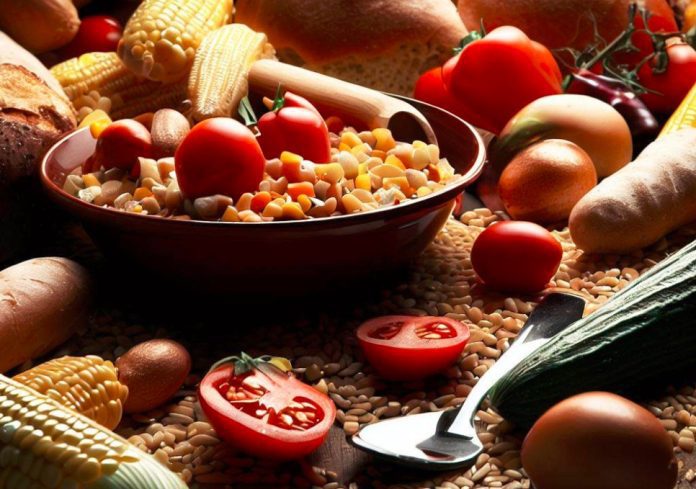News in brief: The World Bank predicts that approximately 24.86 million Nigerians will face food crisis or worse between June and August 2023. Regions in Borno State will see the most severe food insecurity cases. International funding of over $6 million, including will be go into helping Nigeria address its food security and nutrition challenges.
The World Bank projects that 13% of Nigerians (about 24.86 million people) would face food crisis or worse between June and August 2023. From its Global Food and Nutrition Security Dashboard, which shows acute food insecurity around the world, the financial institution drew conclusions from analysing sample population.
Food crisis, according to the World Bank’s definition, is when households or individuals have food consumption gaps which shows in high or above-usual acute malnutrition. It could also mean when they are not able to meet minimum food needs unless they adopt crisis-coping strategies or deplete essential livelihoods assets.
The situation is considered worse if the food consumption gaps are large and leads to very high acute malnutrition and excess mortality. In addition, when households or individuals have to adopt emergency livelihood strategies or liquidate their assets to meet their consumption needs, it is worse than a food crisis situation. The report says that it is a food ’emergency’ and terms it phase 4.
Its scale gets worse as it digresses to he fifth phase. In a catastrophic situation (also called famine), households are still lacking food despite using coping strategies described already. In this situation, the population has to be starving, dying, destitute and ‘extremely’ critically malnourished.
Regions in Borno State, in the North-East geopolitical zone of Nigeria, will see worse cases of food insecurity, the World Bank projection. Meanwhile, areas of Adamawa, Jigawa, Kaduna, Katsina, Kebbi, Sokoto, Yobe and Zamfara will be in food crisis situations as the chart claims. This includes at least two Internally Displaced People (IDPs) camps in the regions.
There will be 30% of the population in a ‘stressed’ state of food insecurity where the bulk of their income goes to food and they have to adopt coping measures to afford non-food expenses. About 57% of the rest of the country will still be in minimal food insecurity, which means that they will be able to access food without employing unsustainable means to do so.
Funding to help Nigeria solve its food security and nutrition problem will reach more than $6 million in 2023 with over $4 million of it coming from governments of Canada, Switzerland, and the United States in form of humanitarian assistance and through UNICEF.



